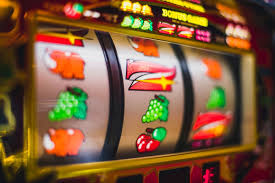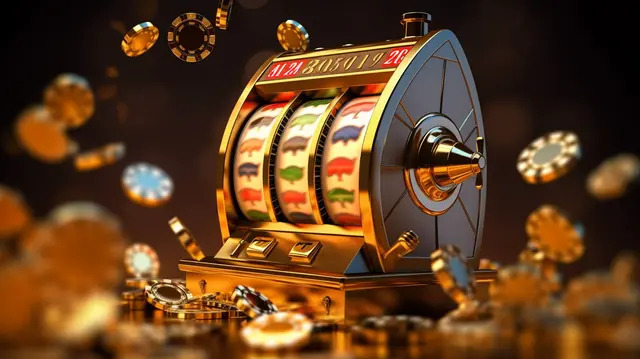
The Colorful Era of 90jili: Nostalgia and Culture
The 1990s, often referred to as the ’90s, was a decade that inspired a unique blend of culture, fashion, and art that resonates even today. A significant element of this cultural tapestry is encapsulated in the essence of 90jili 90 jili, a movement that embodies the spirit of nostalgia and individuality. From the music that defined our youth to the fashion trends that still influence designers, the world of the 90s was vibrant and diverse.
The Musical Revolution
The 90s was a groundbreaking era for music, marked by the rise of various genres that found their way into the hearts of millions. Grunge exploded onto the scene with bands like Nirvana and Pearl Jam, giving voice to a generation disillusioned by mainstream society. Meanwhile, hip-hop began to dominate the charts with figures such as Tupac and The Notorious B.I.G., bringing with it a raw authenticity that resonated with urban culture. No retrospective on the 90s would be complete without mentioning the boy bands and pop queens—Backstreet Boys, Spice Girls, and Britney Spears—who had fans worldwide singing along. The music of the 90s was not just entertainment; it was an expression of an era, echoing the sentiments, hopes, and frustrations of youth.
Fashion Trends That Shaped a Generation
Fashion in the 90s was as eclectic as its music scene. It was a time when self-expression was paramount, and people were not afraid to showcase their individuality. Baggy jeans, crop tops, and flannel shirts became symbols of the grunge movement, while chokers, platform shoes, and the infamous butterfly clips dominated the pop scene. The decade also saw a resurgence of retro styles, as thrift shopping became more than just economical; it represented a culture that embraced the old while looking to the future. Fashion icons like Jennifer Aniston and Will Smith became trendsetters, influencing styles that are still relevant today. This unique blend of styles paved the way for modern fashion, allowing designers to pull inspiration from the 90s to create contemporary silhouettes.

The Impact of Technology on Culture
The rise of technology in the 90s transformed not just how we communicated but also how we consumed culture. The internet began to creep into everyday life, making it possible for young people to connect in ways that were never before possible. Instant messaging, chat rooms, and early social media platforms started to arrive, opening doors for communities to forge around shared interests. Gaming also exploded with consoles like PlayStation and Nintendo 64 captivating audiences. With the internet as a new medium, platforms like Napster changed the way music was shared, leading to an electrifying culture of exchange and discovery.
Art and Visual Aesthetics
The art scene of the 90s was a crucial part of its cultural identity. From graffiti-inspired street art to the resurgence of retro influences in graphic design, artists began to explore themes reflecting the chaotic nature of the decade. The rise of artists like Banksy highlighted social issues, while pop art gained renewed interest. Photographers such as Cindy Sherman challenged societal norms and femininity through striking visuals. The aesthetic of 90jili captures this diversity, combining elements from pop culture, social commentary, and nostalgia to create visual experiences that resonate with past and present.
Television and Film: The Golden Age of Sitcoms and Blockbusters
The television landscape of the 90s was characterized by a wealth of sitcoms and dramas that became cultural touchstones. Shows like « Friends, » « Seinfeld, » and « The Fresh Prince of Bel-Air » not only entertained but also addressed pressing societal issues, making them relatable and relevant. The format of the sitcom evolved, thanks in part to clever writing and the chemistry between actors. Meanwhile, the film industry thrived with blockbuster hits like « Titanic, » « Jurassic Park, » and « The Matrix, » which combined innovative technology with engaging storytelling. Watching these films and shows formed a shared experience that still influences pop culture today.

90jili: A Resurgence of 90s Aesthetics
In recent years, there has been a revival of 90s aesthetics across various platforms, from fashion runways to social media. The influence of 90jili captures this resurgence, reminding us of the decade’s rich cultural tapestry. Designers are reinterpreting those iconic trends—think oversized jackets, vibrant colors, and retro prints—infusing them with contemporary flair. Meanwhile, social media platforms like Instagram are flooded with nostalgic content, with users sharing their favorite 90s moments and aesthetics, proving just how much this decade continues to inspire and influence.
The Lasting Legacy of the 90s
The legacy of the 90s can be seen in various aspects of today’s culture. From music playlists filled with retro hits to fashion lines that draw inspiration from this colorful decade, the influence is undeniable. Social media is now a powerful tool for sharing and celebrating nostalgia, allowing people to connect over shared experiences and memories from the past. The cultural icons of the 90s are still revered, proving that the essence of that era will continue to shape the future.
Conclusion: Celebrating the Spirit of 90jili
Ultimately, the decade of the 90s stands as a testament to the power of cultural expression. It was an era filled with bold creativity, social change, and a desire for connectivity. The influence of 90 jili is a reminder of the energy and innovation that characterized this period. As we look back, it’s clear that the colors, sounds, and styles from the 90s will forever live on, continuing to inspire new generations to embrace their uniqueness and celebrate the past.
